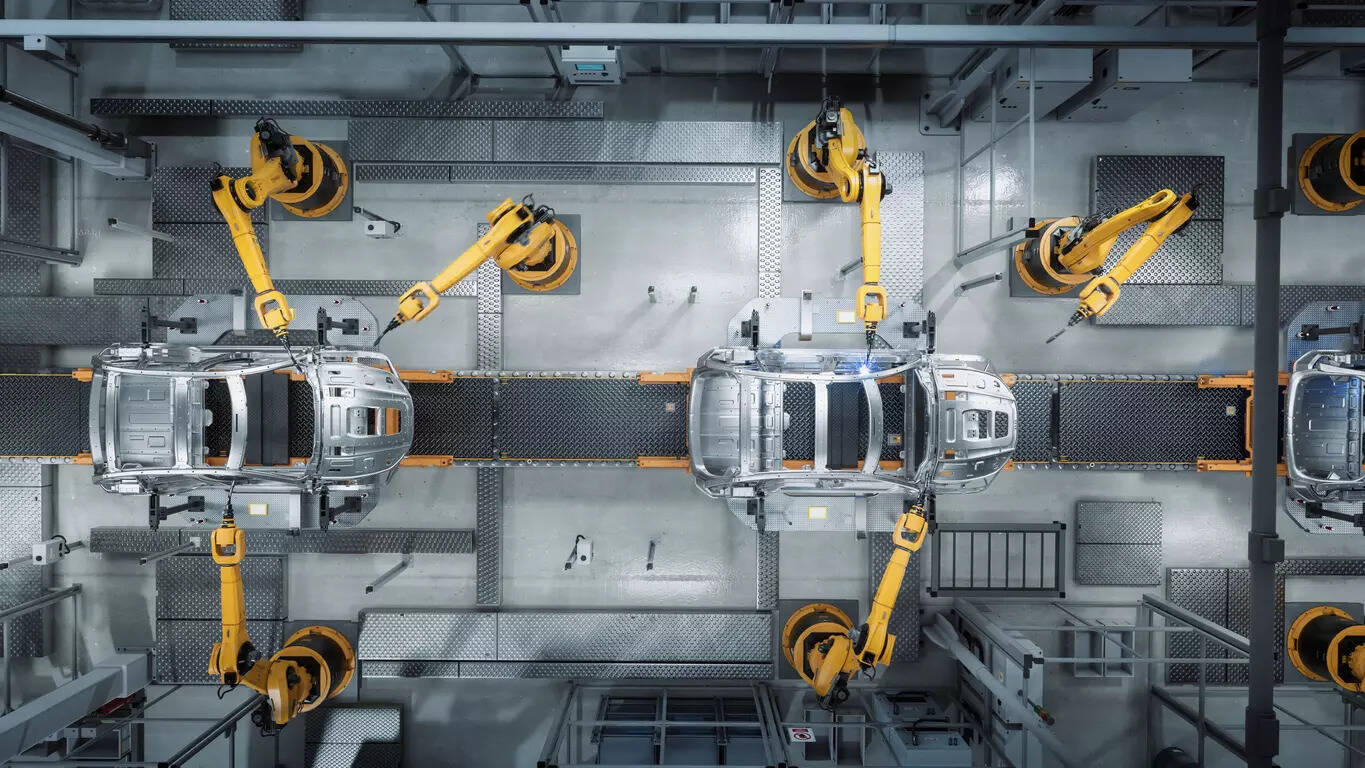
The Ministry of Heavy Industries (MHI) plans to reduce the budgetary allocation for the ₹25,938-crore Production-Linked Incentive (PLI) scheme for automobiles and auto components to about ₹2,000 crore for FY26, lower than the earlier provision of slightly over ₹2,800 crore, two people aware of the discussions told LiveMint.
The ministry, which is currently holding budget consultations with the finance ministry, is recalibrating the allocation based on manufacturers’ claims submitted for the current fiscal year.
“The budgetary allocation was about ₹2,800 crore for this fiscal year. In discussions with the finance ministry, MHI has requested that the allocation be lowered to about ₹2,000 crore — maybe around ₹2,030-2,050 crore. Now that claims have come in from manufacturers, the picture is clearer,” said one of the persons cited above.
Tata Motors, M&M lead claims
Homegrown EV makers have submitted substantial claims for incentives. Tata Motors Ltd, including its passenger and commercial vehicle divisions, has sought about ₹400 crore, while Mahindra & Mahindra Ltd has claimed nearly ₹280 crore for sales recorded in the previous fiscalIn June, Union Heavy Industries and Steel Minister H.D. Kumaraswamy had told Mint that the government expected to disburse about ₹2,000 crore in incentives to nine companies in FY26.
This will be the second consecutive year of disbursals under the PLI-Auto scheme. In FY25, the government released ₹322 crore to four companies—Tata Motors, Mahindra & Mahindra, Ola Electric and Toyota Kirloskar Auto Parts.
PLI scheme progress and challenges
Launched in 2021, the PLI-Auto scheme offers incentives of 13-18 per cent on incremental sales of approved zero-emission vehicles and components. It will run till FY29.
Out of 82 shortlisted companies, only 18 have so far been approved as eligible beneficiaries under the ‘Champion OEM’ and ‘Component Champion’ categories. Firms can claim up to around ₹6,400 crore each, representing a quarter of the scheme’s total outlay.
The scheme reimburses incentives for sales made in the preceding financial year, with FY20 serving as the base year.
Localisation hurdles and supply constraints
A key challenge for companies is meeting the high domestic value addition (DVA) threshold. The scheme requires at least 50 per cent of value addition to be localised — a benchmark many firms find difficult due to gaps in domestic EV component manufacturing.
Compounding this is the shortage of rare-earth magnets this fiscal, after China tightened export controls, prompting automakers to seek temporary relaxations in localisation norms across EV-related schemes, including PLI-Auto.
The recalibrated budgetary outlay reflects both current eligibility levels and industry constraints, the people cited said.
